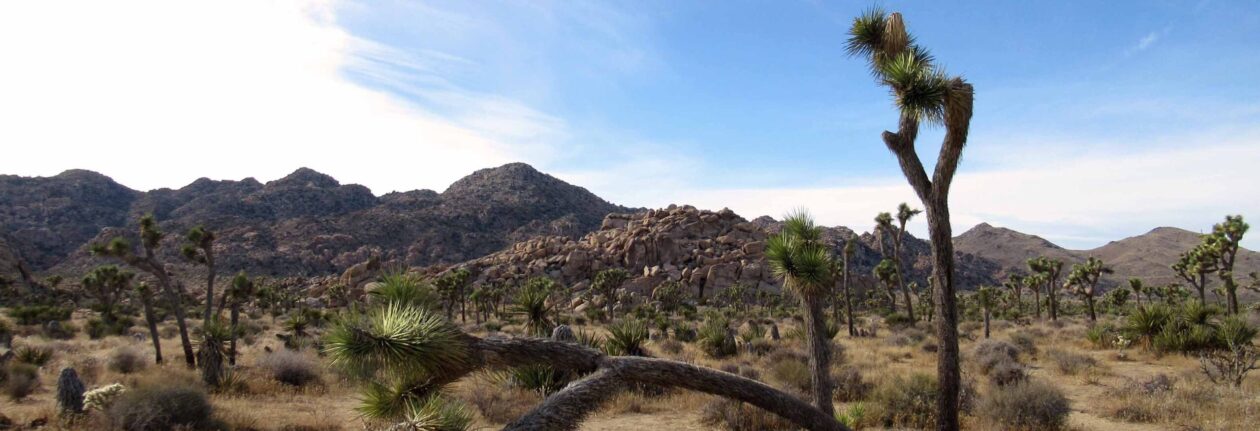FORTY-SECOND MOVEMENT: SAN MARINO
San Marino, San Marino
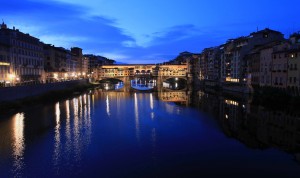
I woke up at 04:30 today, showered, dressed, got ready, and walked out of the hostel at 05:00. I then walked to the Firenze Santa Maria Novella Railway Station, reaching it by 05:15. I then bought my train ticket to Rimini (via Faenza) and boarded the train, which departed the station at 05:24. As we passed through the Tuscan countryside, I divided my time between looking out the window and reading. The train reached Faenza at 07:13, I disembarked, bought an iced tea and some cocoa crème cookies for breakfast, and then waited for my next train to arrive as I ate my snacks. The Rimini-bound train arrived at 07:50 and we departed Faenza a minute later. At 08:40, the train arrived at the Rimini Railway Station and as soon as I disembarked, I walked to the tourism building outside the station and bought a bus ticket to San Marino. Next, I bought my return train tickets at the railway station (these were more expensive due to taking the quicker trains that pass through Bologna). I then waited for the bus to San Marino to arrive at the bus stop across the road from the railway station. The bus came at 09:30 and we departed Rimini at 09:34. I was now on my way to San Marino (during the ride, I finished reading Oscar Wilde’s ‘The Picture of Dorian Gray’ and I must state, “There is only one thing in the world worse than reading ‘The Picture of Dorian Gray’ and that is not reading it”).
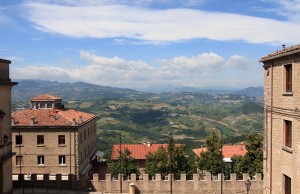
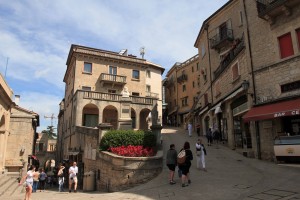
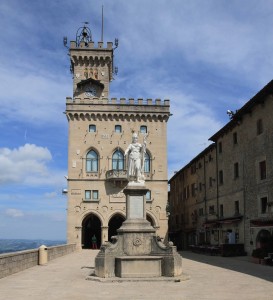
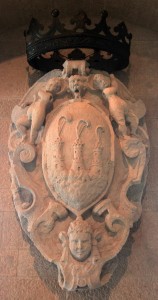
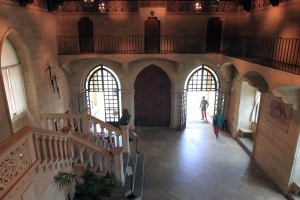
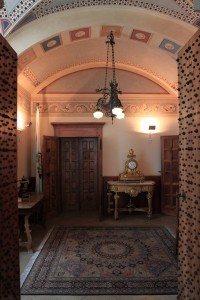
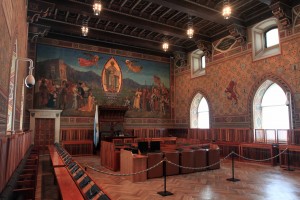
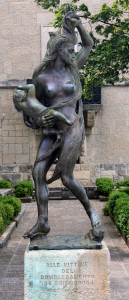
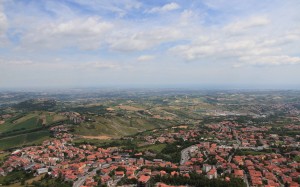
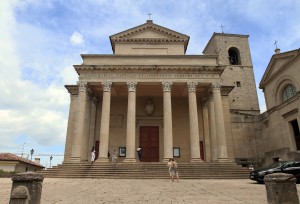
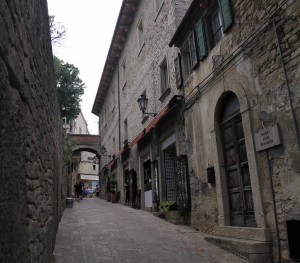
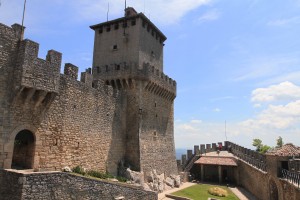
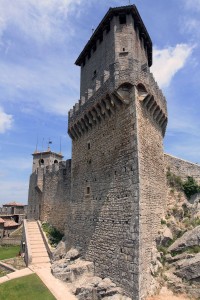
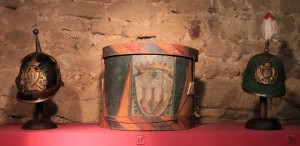
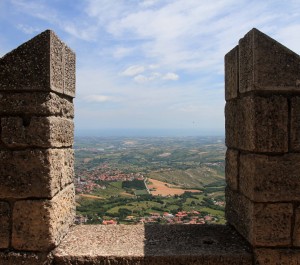
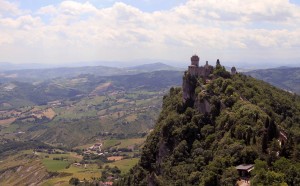
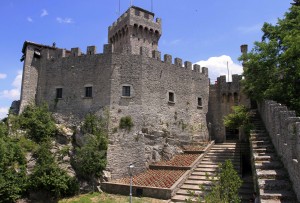

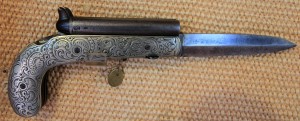
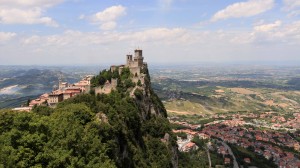
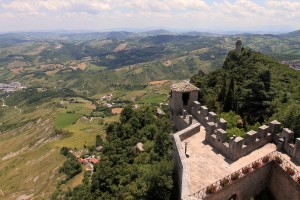
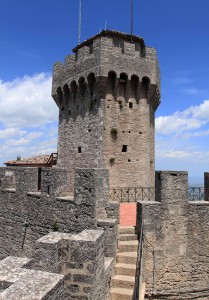
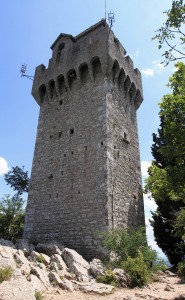
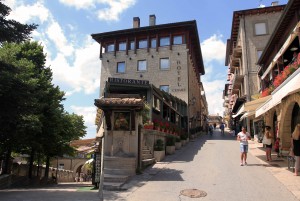
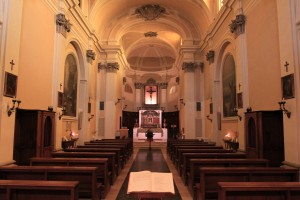
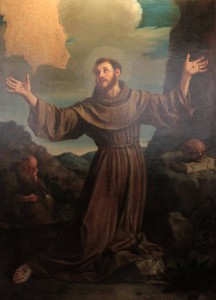
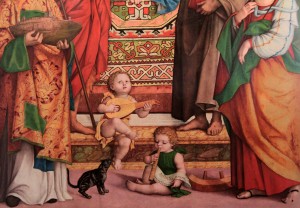
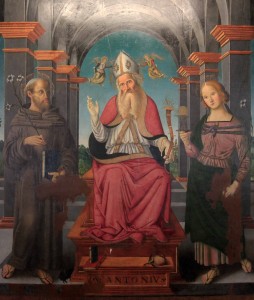
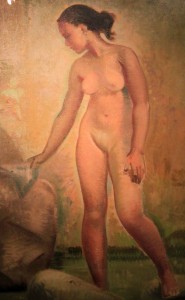
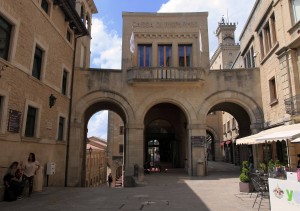
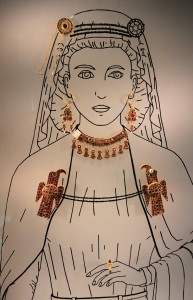
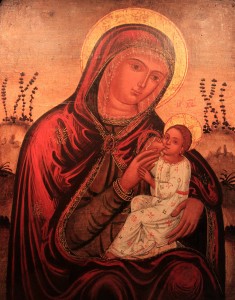
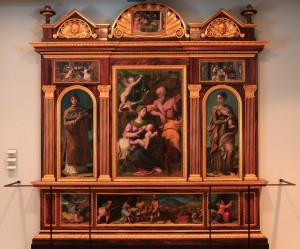
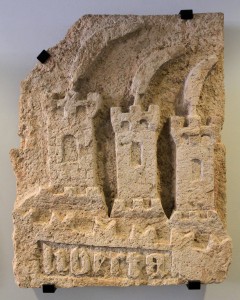
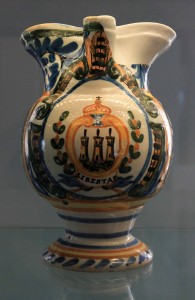
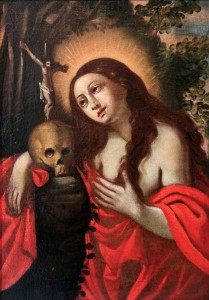
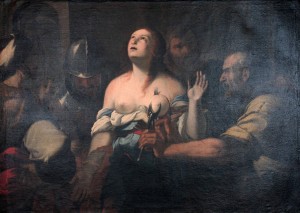
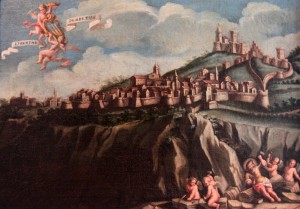
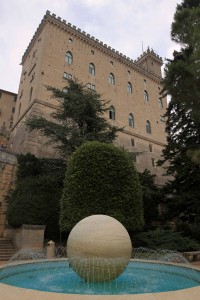
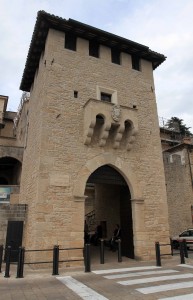
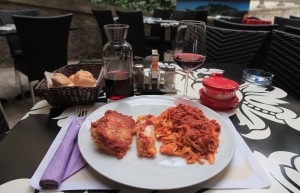
The bus arrived at the City of San Marino (the capital of the microstate) at 10:20 and I immediately found a map and set out to see the sites. San Marino (also known as the “Most Serene Republic of San Marino”) is the third smallest country in Europe (Monaco and the Vatican are smaller) and claims to be the oldest surviving sovereign state and constitutional republic in the world (as the continuation of the monastic community founded on September 3, 301 AD, by the stonecutter Marinus of Arba). After setting out, I first walked from the bus station in to the old town and made my way to the Piazza della Libertà, where the Palazzo Pubblico (“Public Palace”) is located. I then entered inside the Palazzo Pubblico, bought my multi-museum pass (which covered pretty much everything I wanted to see whilst in San Marino) and started wandering around the Palazzo Pubblico, which is the town hall of the City of San Marino, as well as its official Government Building; this building is also where official State ceremonies take place and it is the seat of the Republic’s main institutional and administrative bodies: the Captains Regent, the Grand and General Council, the Council of XII, and the Congress of State. I walked through each part of the building that was accessible to the public (e.g. the Hall of the Council) and, once done, exited the building and made my way to the Basilica di San Marino, which is a Catholic Church dedicated to Saint Marinus; the present church was built in 1836 AD in place of an earlier one that is dated to the 7seventh-century AD. Also, the Basilica di San Marino is built in the Neoclassical style, with a porch of eight Corinthian columns and inside are the enshrined relics of St. Marinus. After walking around the inside of the basilica, I made my way to a terrace overlooking the countryside, where I was able to view the Adriatic Sea (the City of San Marino is built on top of Mount Titano, thus affording visitors fantastic views all around). Next, I walked to the First Tower (the “Guaita”), a military fortress that was originally built in the twelfth-century AD, although it reached its current form during the fifteenth-century AD. I walked in to the fortress with my multi-museum pass and toured the battlements and the tall tower; there were also displays showcasing various military antiques and the First Tower had a great view of the Second Tower (and vice versa). After exploring the First Tower, I then walked to the Second Tower (the “Cesta”), which is located on the highest of Mount Titano’s summits. The Second Tower was constructed during the thirteenth-century AD on the ruins of an old Roman fort. I entered this tower’s fortress using the multi-pass and explored its stone innards; in addition to climbing to the top of the tower itself, I walked around the battlements and a museum that honors Saint Marinus; inside the museum, there were many weapons and armor on display from Medieval times to the twentieth-century AD – some of these were quite unique and fascinating (e.g. an assassin’s dagger, Italian folding-butt blunderbusses, a “telescoping” sword that can be prolonged from one-hand length to two-hand length, French/Belgian percussion knife pistols, etc.). After touring the Second Tower, I then walked on to the Third Tower (the “Montale”), located on the smallest of Mount Titano’s summits. The Third Tower is not surrounded by a fortress and stands alone; it is also not open to the public, so I had to content myself with just viewing the outside. Once done, I then backtracked and walked to the old city, entering it through a gate in the city wall, below the First Tower. [NOTE: all three towers are depicted on both the national flag and coat of arms of San Marino; these towers are a symbol of the nation and much revered]. Next, I walked to the Chiesa di San Francesco (translation: Church of Saint Francis), which was built in 1361 AD. I looked around the inside of the church and then toured the museum located in the adjoining convent (another museum entered with the multi-pass); this museum had paintings (mostly of a religious nature), etchings, sculptures, vestments, and reliquaries on view. Once done touring this quaint museum, I walked to the Piazza Titano and entered inside the State Museum, which had artifacts from the Stone Age, Roman Era, and Christian era (there were also several foreign items that were donated, such as Egyptian antiques and various porcelain). Upon finishing my visit to this museum, I walked through the Cassa di Risparmio, had a drink of iced tea, and relaxed at an outdoor table for a brief period. I then walked around some more and passed through the Porto San Francesco before finding a restaurant to eat at. For my late afternoon meal, I had tagliatelle with meat sauce, lasagna, cannelloni, bread, and the house red wine (produced in San Marino, the wine was dry and tasted of blackberries and black cherries with hints of vanilla, coffee, and leather). I finished my meal at 17:15 and then walked down to the bus stop to wait with the growing crowd of tourists for the next bus to Rimini to arrive. The bus came at 17:45, I boarded it, found a seat, and we departed for Rimini at 18:03, leaving San Marino and returning to Italy.
The bus arrived at the Rimini Railway Station at 18:50 and I then waited for my train to Bologna Centrale Railway Station. The train arrived late (it was scheduled to come at 19:47, but instead came at 20:05. Once on board, I found my seat and we departed Rimini. The train then arrived at Bologna Centrale Railway Station at 21:17 (seventeen minutes late) and I had to make a mad rush to catch the train leaving for Firenze Santa Maria Novella Railway Station, which was scheduled to depart at 20:20, leaving me less than three minutes to run through a railway station I was unfamiliar with and where I had to travel three levels underground to the last platform (18/19) in order to catch the train (this particular train was not delayed in its departure). Another man and I managed to make it just in time and we both boarded the train whilst breathing heavily after our dash. The train departed the station on schedule and I arrived at Firenze Santa Maria Novella at 21:55.
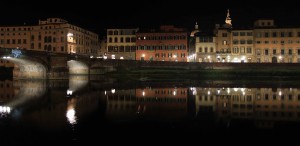
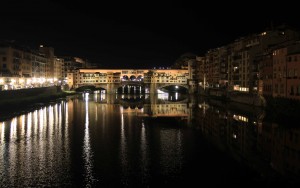
Once back in Florence, I made my way back to the hostel – after stopping at a market for iced tea and Gatorade -, where I loaded my photographs on to the laptop and typed out today’s journal entry. At one point, I moved my laptop in to the common area and walked in on a group of guests (an Englishwoman, a Korean man, a Russian man, a Mexican woman, and a Thai ladyboy); the Englishwoman had her trousers down, revealing her panties and tattoos (she was showing everyone her tattoos on her thighs); this was a bit awkward and I first thought that I had walked in on a drunk party game, but alas, they were just slightly drunk. Anyway, I worked on as they departed to hit the pubs; I was invited to join them, but was inclined to decline in order to get some work done and to make sure I would be able to wake up early the following day. After working late, I did finally go to sleep around 03:00.
